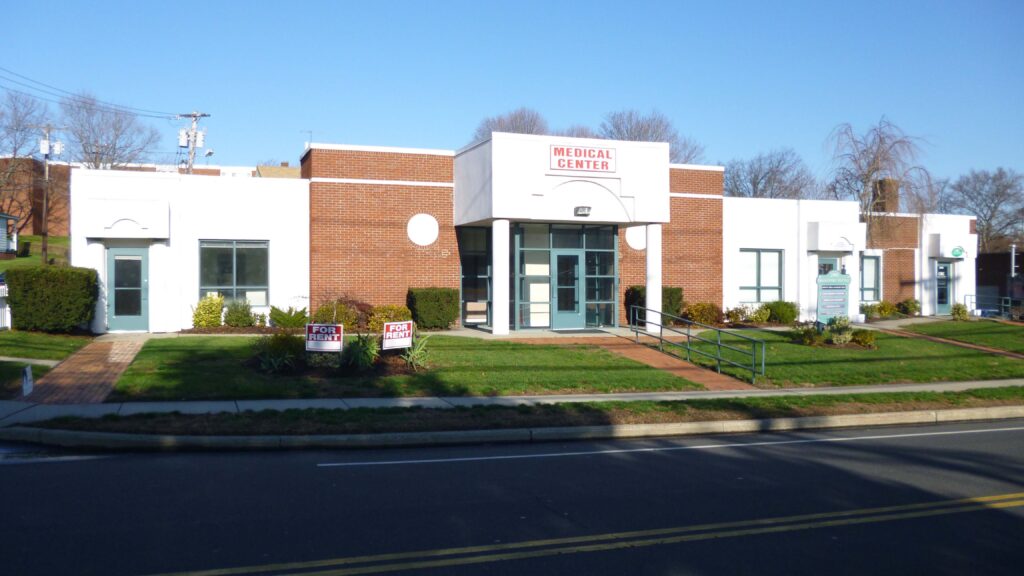In the ever-changing landscape of commercial real estate, the current economic environment, characterized by high-interest rates and increasing expenses, has significant implications for middle-market property owners. As the market adjusts to resetting mortgages and heightened financial pressures, it becomes crucial to understand the dynamics of who is buying and selling commercial real estate in this high-interest rate climate.
In this article, we will delve into the key factors shaping the market, analyze buyer and seller trends, and provide valuable insights for multifamily, mixed-use, and retail property owners aiming to optimize their positions.
1. Market Factors Impacting Cash Flow:
The first aspect to consider is how market factors influence cash flow in a high-interest-rate environment. Rising interest rates can increase borrowing costs, affecting mortgage payments and overall profitability for those selling commercial real estate. You must closely monitor these changes and assess their impact on property valuations, operating expenses, and net operating income (NOI). Analyzing market trends, rental demand, and demographic shifts can help identify regions and property types with the most upside potential, guiding you toward profitable investment decisions.
2. Reasons for Selling Commercial Real Estate:
In the current economic landscape of high-interest rates, there are various reasons why you may choose to sell. One significant factor is the resetting of mortgages. As interest rates rise, property owners with adjustable-rate mortgages may face higher monthly payments, impacting cash flow and profitability for those selling commercial real estate.
Selling the property can help you mitigate financial risks, especially if you anticipate challenges in meeting increased mortgage obligations.
Additionally, some owners may opt to sell as part of their overall portfolio optimization strategy or unlock equity to pursue alternative investment opportunities.
Moreover, selling commercial real estate can provide an opportunity to offload underperforming assets or properties that no longer align with your investment goals. It allows you to reassess your portfolios and redeploy capital into more promising ventures. Additionally, for owners nearing retirement or seeking liquidity, selling commercial real estate can help them achieve their financial objectives and transition to other ventures or enjoy the fruits of their labor.
3. Reasons for Buying:
While high-interest rates can present challenges, they can also create opportunities for savvy buyers in the commercial real estate market. Some buyers interested in purchasing commercial real estate may view the current environment as an advantageous time to enter the market or expand their existing portfolio. They may be attracted by potentially lower property prices resulting from motivated sellers selling commercial real estate in advance of their debt services resetting, increased inventory in some regions, and the potential for higher yields compared to other investment options.
Also, buying commercial real estate in a high-interest rate environment allows investors to capitalize when acquiring properties with steady cash flow and long-term lease agreements which may provide a hedge against rising interest rates. By carefully selecting assets in strong markets and sectors with resilient demand, buyers can position themselves to weather the challenges posed by high-interest rates and potentially benefit from future market appreciation.

4. Moderating Risk and Enhancing Value:
In a high-interest rate environment, managing risk becomes paramount for commercial property owners selling commercial real estate. It is crucial to strike a balance between generating sufficient returns and mitigating potential risks associated with rising interest rates. Employing risk management strategies such as locking in long-term financing, diversifying property portfolios, and implementing proactive lease management practices can help stabilize income streams and safeguard against market volatility for those selling commercial real estate.
Additionally, enhancing property value through targeted capital improvements and cost-saving initiatives can offset increased expenses and contribute to long-term profitability.
Selling commercial real estate, in particular, requires careful consideration of market conditions, timing, and property positioning. It is essential to work with experienced professionals who can assess the property’s value accurately, identify potential buyers, and execute effective marketing strategies to maximize sale proceeds. In addition, employing a comprehensive due diligence process and engaging legal and financial experts can ensure a smooth and successful transaction.
5. Repositioning or Exiting Strategies:
There may be instances where repositioning or exiting a property becomes the prudent decision in the face of challenging economic conditions for those selling commercial real estate. By continuously monitoring market trends, you can identify opportunities for repositioning your assets to align with evolving market demands. This could involve property renovations, adapting to changing consumer preferences or exploring alternative uses for underperforming spaces.
Alternatively, exiting a property through a well-executed sales strategy may provide an opportunity to capitalize on market demand, unlock value, and reallocate resources to more promising investments. Strategically considering selling commercial real estate and exploring exit strategies can be a prudent approach in a high-interest rate environment.
Repositioning commercial real estate can involve various tactics, such as rebranding properties, enhancing amenities, modernizing infrastructure, or implementing sustainable and energy-efficient features. By aligning properties with market demands and emerging trends such as office or retail to multifamily, you can enhance your property’s market appeal and attract a wider range of potential tenants or buyers. However, it is essential to carefully evaluate the cost-benefit analysis of repositioning initiatives and assess the potential return on investment.
Navigating the high-interest rate environment requires a strategic approach for commercial real estate owners selling commercial real estate. By understanding who is buying and selling commercial real estate in today’s market, middle-market property owners of multifamily, mixed-use, and retail properties can make informed decisions to optimize their positions. Staying abreast of market factors, measuring performance, moderating risk, and considering repositioning or exit strategies are vital for adapting to the current economic landscape. Embracing these insights and leveraging data-driven decision-making can lead to sustainable success and continued growth in the face of high-interest rates and evolving market conditions.


Leave a Reply